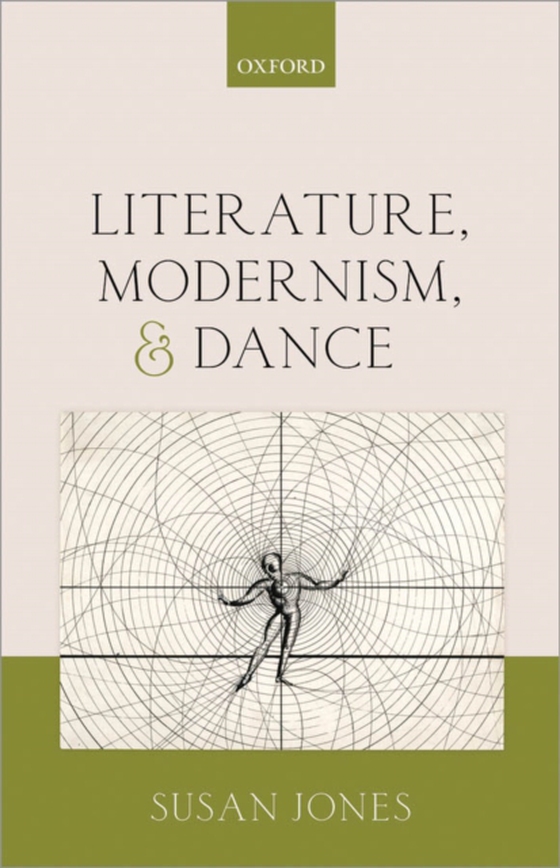
Literature, Modernism, and Dance e-bog
1021,49 DKK
(inkl. moms 1276,86 DKK)
This book explores the complex relationship between literature and dance in the era of modernism. During this period an unprecedented dialogue between the two art forms took place, based on a common aesthetics initiated by contemporary discussions of the body and gender, language, formal experimentation, primitivism, anthropology, and modern technologies such as photography, film, and mechanisa...
E-bog
1021,49 DKK
Forlag
OUP Oxford
Udgivet
1 august 2013
Længde
352 sider
Genrer
1KBB
Sprog
English
Format
pdf
Beskyttelse
LCP
ISBN
9780191009433
This book explores the complex relationship between literature and dance in the era of modernism. During this period an unprecedented dialogue between the two art forms took place, based on a common aesthetics initiated by contemporary discussions of the body and gender, language, formal experimentation, primitivism, anthropology, and modern technologies such as photography, film, and mechanisation. The book traces the origins of this relationship to thephilosophical antecedents of modernism in the nineteenth century and examines experimentation in both art forms. The book investigates dance's impact on the modernists' critique of language and shows the importance to writers of choreographic innovations by dancers of the fin de sicle, of the Ballets Russes,and of European and American experimentalists in non-balletic forms of modern dance. A reciprocal relationship occurs with choreographic use of literary text. Dance and literature meet at this time at the site of formal experiments in narrative, drama, and poetics, and their relationship contributes to common aesthetic modes such as symbolism, primitivism, expressionism, and constructivism. Focussing on the first half of the twentieth century, the book locates these transactions in atransatlantic field, giving weight to both European and American contexts and illustrating the importance of dance as a conduit of modernist preoccupations in Europe and the US through patterns of influence and exchange. Chapters explore the close interrelationships of writers and choreographers of this periodincluding Mallarm Nietzsche, Yeats, Conrad, Woolf, Lawrence, Pound, Eliot, and Beckett, Fuller, Duncan, Fokine, Nijinsky, Massine, Nijinska, Balanchine, Tudor, Laban, Wigman, Graham, and Humphrey, and recover radical experiments by neglected writers and choreographers from David Garnett and Esther Forbes to Andre Howard and Oskar Schlemmer.
 Dansk
Dansk

